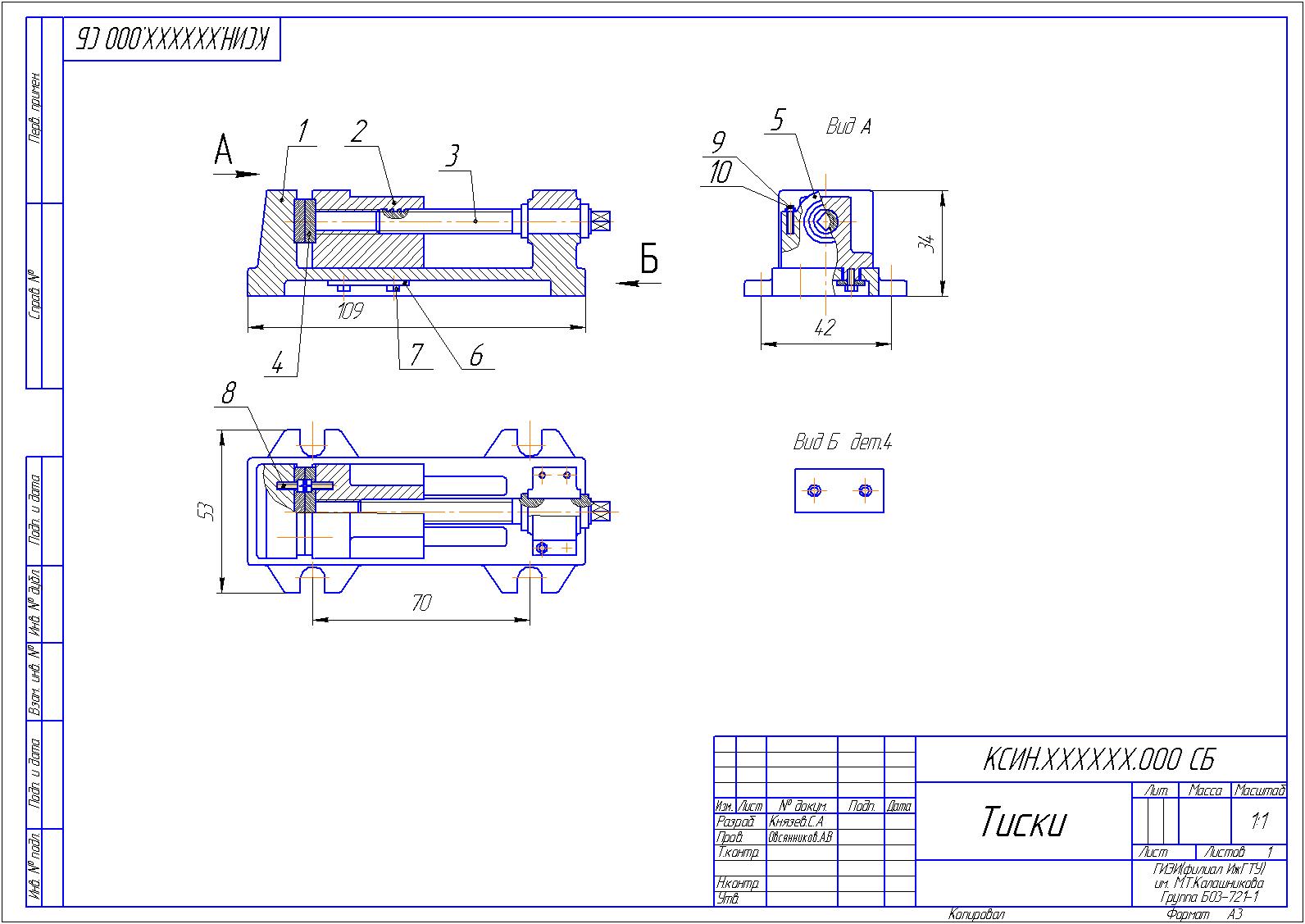
Bogolyubov Uchebnik Po Chercheniyu
Contents • • • • • • • • • • • • • • • • • • • • Biography [ ] Early life (1909–1921) [ ] Nikolay Bogolyubov was born on 21 August 1909 in, to and teacher of, and Nikolay Mikhaylovich Bogolyubov, and Olga Nikolayevna Bogolyubova, a teacher of music. The Bogolyubovs relocated to the village of Velikaya Krucha in the (now in, ) in 1919, where the young Nikolay Bogolyubov began to study physics and mathematics. The family soon moved to in 1921, where they continued to live in poverty as the elder Nikolay Bogolyubov only found a position as a priest in 1923. He attended research seminars in and soon started to work under the supervision of the well-known contemporary mathematician.
Nikolay Bogolyubov was born on 21 August 1909 in Nizhny Novgorod, Russian Empire to Russian Orthodox Church priest and seminary teacher of theology, psychology. This page lists people with the surname Bogolyubov.If an internal link intending to refer to a specific person led you to this page, you may wish to change that link by adding the person's given name(s) to.
In 1924, at the age of 15, Nikolay Bogolyubov wrote his first published scientific paper On the behavior of solutions of linear differential equations at infinity. In 1925 he entered Ph.D. Program at the Academy of Sciences of the and obtained the degree of ( Candidate of Sciences, equivalent to a Ph.D.) in 1928, at the age of 19, with the doctoral thesis titled On direct methods of variational calculus. In 1930, at the age of 21, he obtained the degree of ( Doctor of Sciences, equivalent to ), the highest degree in the Soviet Union, which requires the recipient to have made a significant independent contribution to his or her scientific field. This early period of Bogolyubov's work in science was concerned with such mathematical problems as direct methods of the, the theory of, methods of approximate solution of,. This earlier research had already earned him recognition.
One of his essays was awarded the Prize in 1930, and the author was awarded the erudite degree of doctor of mathematics. This was the period when the scientific career of the young Nikolai Bogolyubov began, later producing new scientific trends in modern mathematics, physics, and mechanics.
Since 1931, Krylov and Bogolyubov worked together on the problems of nonlinear mechanics and nonlinear oscillations. They were the key figures in the 'Kiev school of nonlinear oscillation research', where their cooperation resulted in the paper ' On the quasiperiodic solutions of the equations of nonlinear mechanics' (1934) and the book Introduction to Nonlinear Mechanics (1937; translated to English in 1947) leading to a creation of a large field of non-linear mechanics. And this can explain, as the authors believe, the need to shape the collection of problems of non-linear perturbation theory into a special science, which could be named NON-LINEAR MECHANICS. Krylov and N. 
Bogolyubov, New methods in non-linear mechanics, ONTI GTTI, Moscow-Leningrad, 1934 Distinctive features of the Kiev School approach included an emphasis on the computation of solutions (not just a proof of its existence), approximations of periodic solutions, use of the invariant manifolds in the phase space, and applications of a single unified approach to many different problems. From a point of view, the key achievement of the Kiev School was the development by Krylov and Bogolyubov of the method for the analysis of nonlinear control problems. In the period 1928—1973, Nikolay Bogolyubov worked in the of the Academy of Sciences of the Ukrainian SSR holding the position of the Director of the institute since 1965. He lectured at Kiev University in the period 1936—1959.
In evacuation (1941–1943) [ ] After the against the on 22 June 1941 (beginning of the ), most institutes and universities from west part of Russia were evacuated into east regions far from the battle lines. Nikolay Bogolyubov moved to, where he became Head of the Departments of Mathematical Analysis at and at, remaining on these positions during the period of July 1941 – August 1943. Moscow (1943–?) [ ] In autumn 1943, Bogolyubov came from evacuation to Moscow and on 1 November 1943 he accepted a position in the Department of Theoretical Physics at the (MSU). At that time the Head of the Department was (for a short period in 1944 the Head of the Department was ). Theoretical physicists working in the department in that period included,, and other physicists. In the period 1943–1946, Bogolyubov's resesarch was essentially concerned with the theory of and asymptotic methods.
In his work [ ] a simple example of an evolving under the force of the form as a superposition of incoherent sinusoidal oscillations with continuous spectrum was used to show that depending on a specific approximation time scale the evolution of the system can be either deterministic, or a stochastic process satisfying, or even a process which is neither deterministic nor stochastic. In other words, he showed that depending on the choice of the time scale for the corresponding approximations the same stochastic process can be regarded as both dynamical and, and in the general case as a non-Markov process. This work was the first to introduce the notion of time hierarchy in non-equilibrium statistical physics which then became the key concept in all further development of the statistical theory of irreversible processes. In 1945, Bogolyubov proved a fundamental theorem on the existence and basic properties of a one-parameter integral manifold for a system of non-linear differential equations. He investigated periodic and quasi-periodic solutions lying on a one-dimensional manifold, thus forming the foundation for a new method of non-linear mechanics, the method of integral manifolds. In 1946, he published in two works on equilibrium and non-equilibrium statistical mechanics which became the essence of his fundamental monograph Problems of dynamical theory in statistical physics (Moscow, 1946).